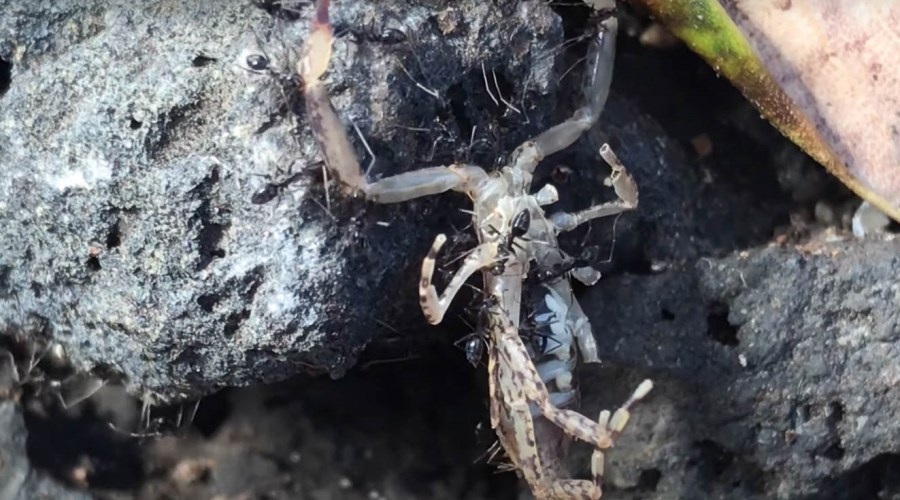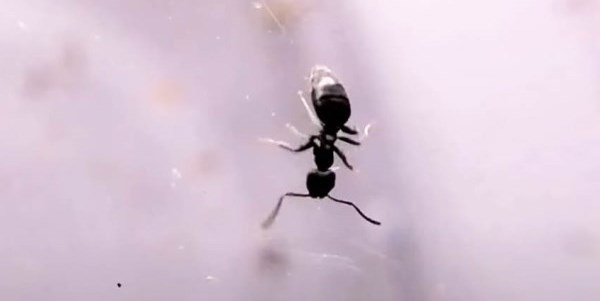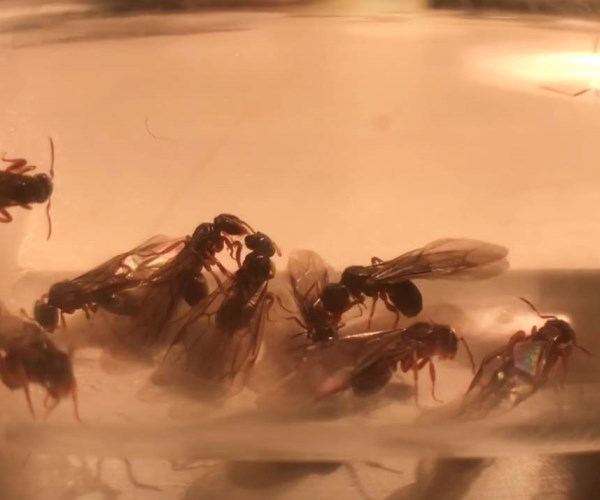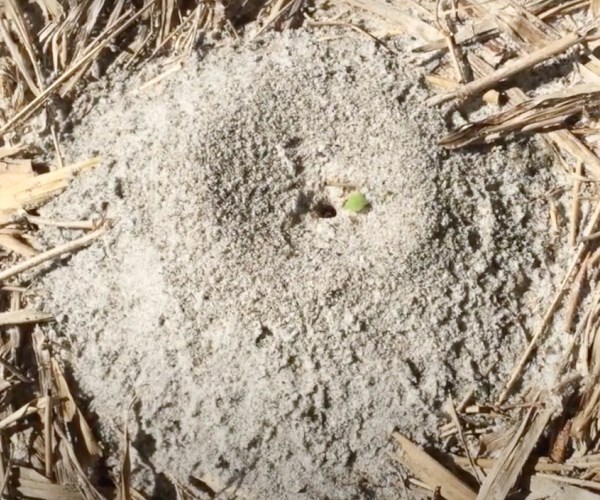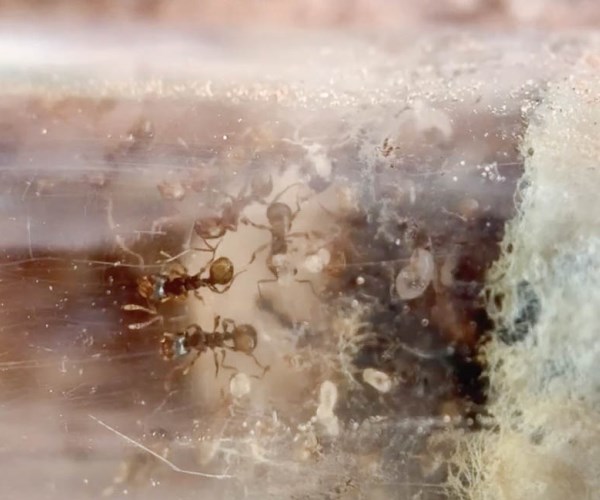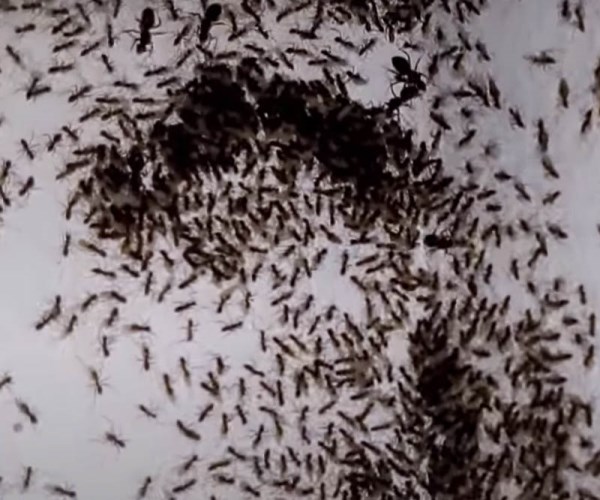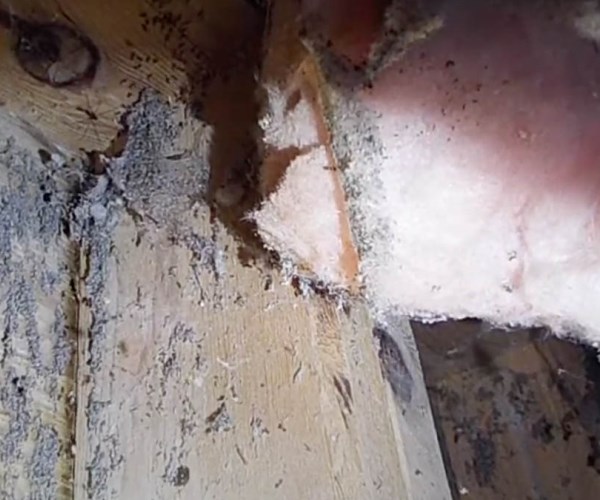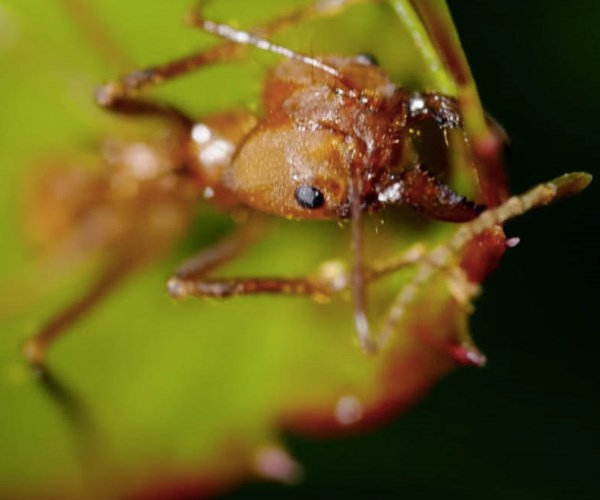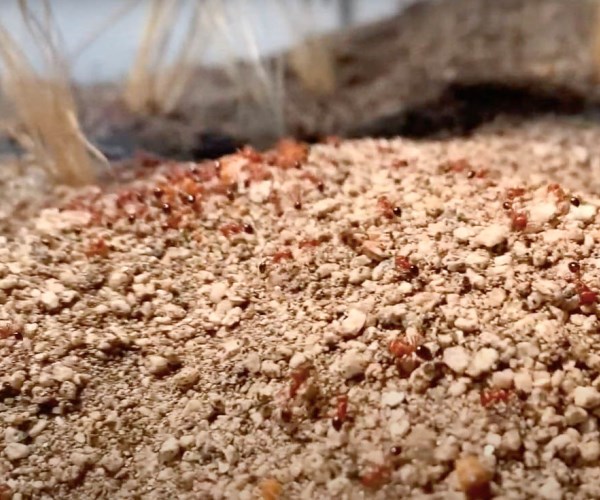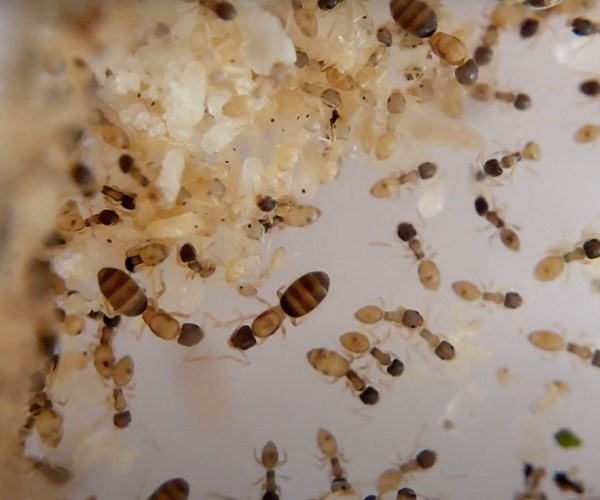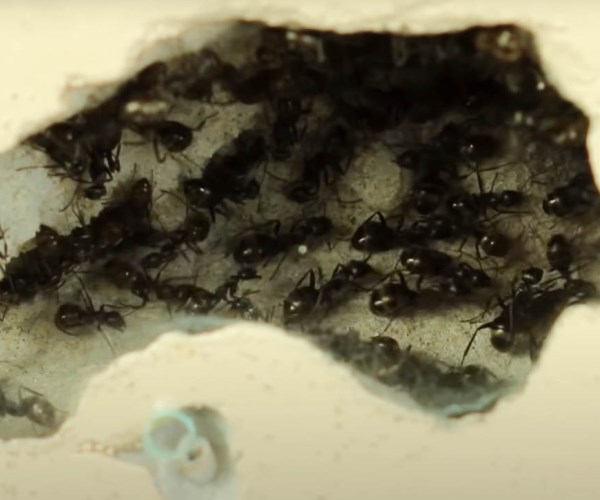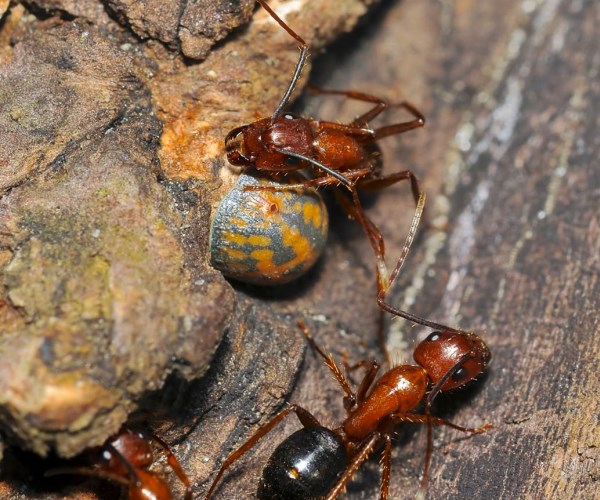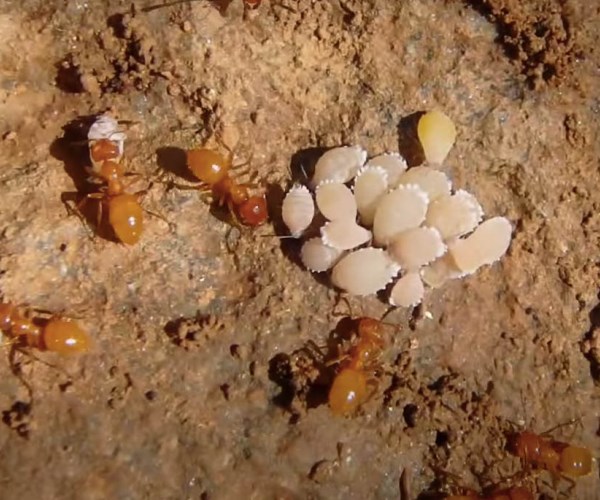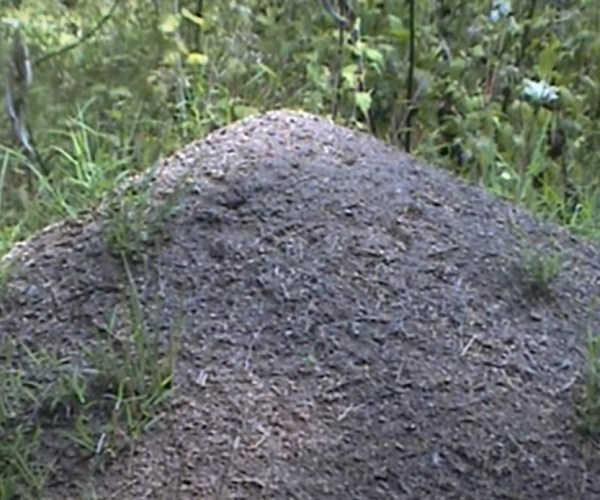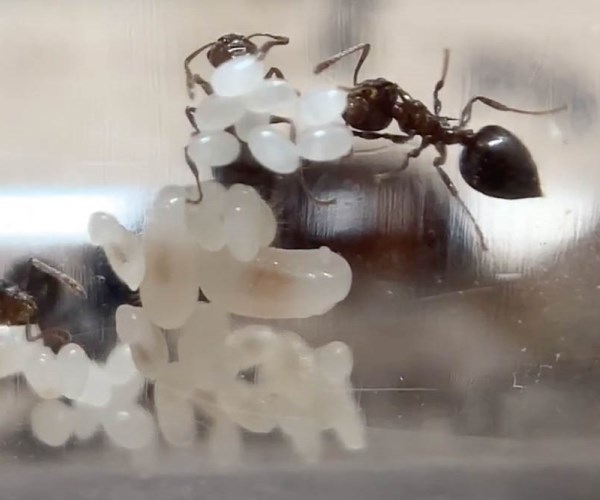About Longhorn Crazy Ants
About Longhorn Crazy Ants
Longhorn crazy ants get their name from the way they walk. The ants have a rapid and erratic movement pattern. Their movement pattern makes them easy to identify. They can also be identified with notable features such as their erect or sub-erect setae that are widely distributed on their bodies. The ants are also referred to as the black crazy ant. As opposed to other ants, the longhorn crazy ants do not follow trails religiously.
The ants are found in indoor and outdoor spaces, in all kinds of environments, and known for their diverse distribution.
Appearance
The ants have distinct physical features. The size of the ants is between 2.3 to 3mm. The head, petiole, thorax, and gaster of longhorn crazy ants are black or dark brown. The body of the ants could give off a bluish iridescence. The ants’ setae are whitish or grayish. The setae are also long, coarse, scattered, and erect or sub-erect.
Longhorn crazy ants have segmented bodies as well as a 12-segmented antenna. Worker ants also have long legs and are monomorphic. It is noteworthy that the way the ants walk rather than their physical features are used for their identification.
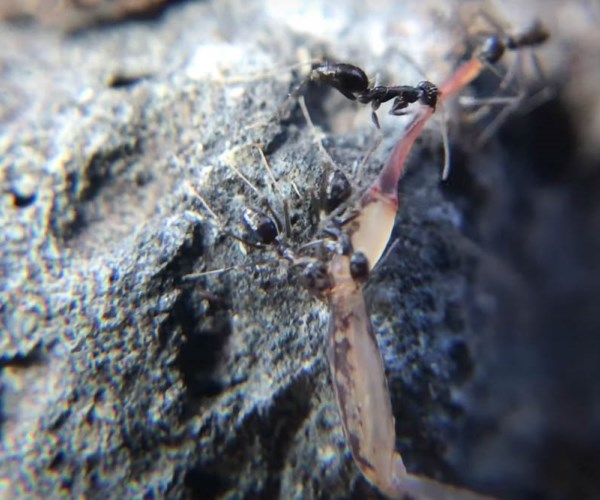
Behavior
Longhorn crazy ants are known for their adaptive nature. They create habitats in all kinds of environments, from dry environments to moist environments. The ants typically like to nest very close to their foraging sites. Some of the possible nesting sites of the ants are trash, rotten wood, plant and tree cavities, and within soils. During the colder months, when the outdoors has harsh conditions and food is scarce, the ants may enter homes through available entry points and nest in suitable areas. Small cracks and openings close to windows and doors are great entry points for the ants.
Although they are not natives of the US, the ants are well distributed across the country. They are tropical insects and found both indoors and outdoors in tropical and subtropical temperatures. In temperate areas, they are mostly found indoors.
As opportunistic scavengers, longhorn crazy ants feed on a wide range of items and materials. They eat seeds, fruits, live and dead animals, and honeydew. The ants specifically love good sources of protein and sugar such as honeydew. Still, they will survive on any kind of food available in an area.
Longhorn crazy ants are regarded as household and agricultural pests. They are also described as ants with one of the most diverse population distributions. Even though they thrive most in the tropics and subtropics, they are found on every point of latitude. The ants have also been found on ships at sea.
The lifecycle of the ants is not well documented. It has been described that the male ants gather at the entrance of nests during the mating period. Thus, mating may occur in groups. The queen may be winged or wingless. Winged queens eventually lose their wings.
Damage they cause
Longhorn crazy ants are mostly nuisance insects. They do not bite or sting humans. When they infest homes, the major issue is typically the contamination of food sources. This is why the removal of possible attractants is advised as part of measures for the control and prevention of infestations. Protein and sugar sources are potential attractants of the ants. The sealing of all possible entry points is another measure of prevention and control of the critters.
Signs of infestation
The foraging of the workers typically gives away an infestation. This is the case with longhorn crazy ants. Since their nests are typically located close to foraging sites, the workers could lead directly to their nests. This is true for indoor and outdoor nests.
As household pests, the ants infest homes and properties in search of food and water. As an agricultural pest, they encourage the activity of other pests such as aphids. This is because they produce honeydew which is part of the diet of the pests.
